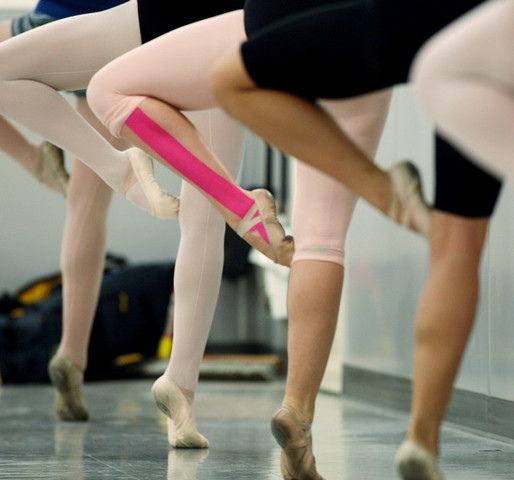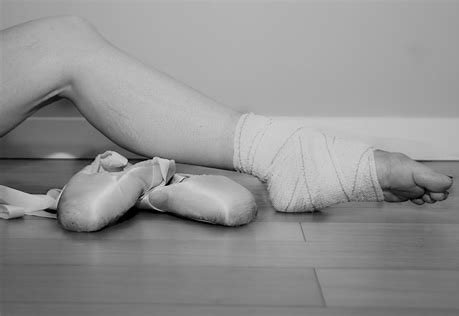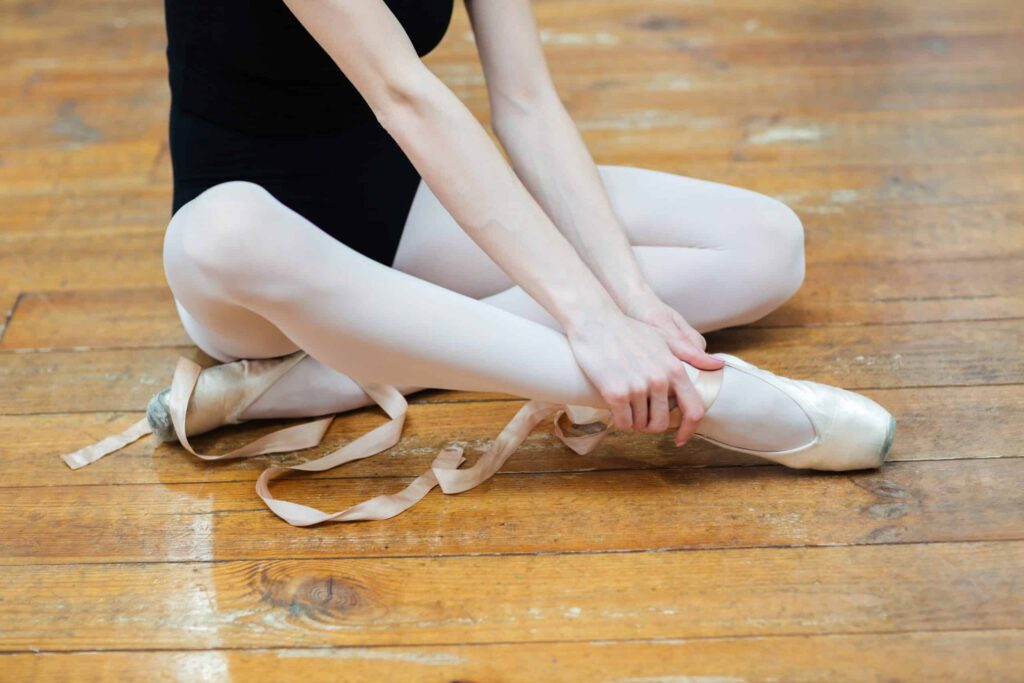Promoting and Addressing Common Injuries in Dance Communities: Enhancing Orthopedic Health
Orthopedic Health for Dancers: Dancing is not just an art form; it’s a physically demanding activity that requires strength, flexibility, and endurance. While dancers showcase grace and beauty on stage, behind the scenes, they often face the risk of injuries due to the rigorous demands placed on their bodies. In this article, we will explore how dancers can prevent and treat common orthopedic injuries, ensuring they can continue to pursue their passion safely and effectively.

Factors Contributing to Dance Injuries
Dancers, regardless of their skill level or dance style, are prone to certain injuries due to several common factors:
- Overuse: Repetitive movements and high-impact routines can lead to overuse injuries such as stress fractures, tendonitis, and muscle strains.
- Poor Technique: Incorrect form or technique while executing dance movements can strain muscles, ligaments, and joints, increasing the risk of injury.
- Inadequate Warm-up: Skipping warm-up exercises before rehearsals or performances can leave muscles and joints susceptible to injury.
- Inadequate Rest and Recovery: Insufficient rest between intense training sessions or performances can prevent the body from properly recovering, leading to fatigue and increased injury risk.
- Improper Footwear: Ill-fitting or inappropriate footwear can contribute to foot and ankle injuries, including sprains and stress fractures.

Dealing with Dance Injuries
When faced with an injury, dancers must address it promptly and effectively to prevent further complications and ensure a speedy recovery. Here are some steps dancers can take to deal with injuries:
- Seek Professional Guidance: Consult with a healthcare professional specializing in dance medicine or orthopedics to receive an accurate diagnosis and personalized treatment plan.
- Rest and Recovery: Follow the recommended rest and recovery protocols provided by your healthcare provider to allow the injured area to heal properly.
- Physical Therapy: Participate in physical therapy sessions to strengthen muscles, improve flexibility, and address any underlying biomechanical issues contributing to the injury.
- Gradual Return to Dance: Once cleared by your healthcare provider, gradually ease back into dance activities while monitoring your body’s response and avoiding overexertion.

Common Dance Injuries and Causes
Several injuries are prevalent among dancers, often resulting from the unique physical demands of dance and certain biomechanical factors. Some common dance injuries include:
- Ankle Sprains: Twisting or rolling the ankle during jumps, turns, or landings can lead to ligament sprains or tears.
- Stress Fractures: Repetitive stress on bones, particularly in the feet and lower legs, can cause tiny cracks known as stress fractures.
- Tendonitis: Overuse of tendons, such as the Achilles tendon or the tendons in the knee or hip, can result in inflammation and pain.
- Muscle Strains: Sudden movements or excessive stretching can strain muscles, leading to pain, swelling, and reduced range of motion.
- Back Injuries: Improper technique or excessive spinal extension can strain the muscles and structures of the back, resulting in pain and discomfort.

Physical Therapy for Dance Injuries
Physical therapy plays a crucial role in the rehabilitation of dance injuries, focusing on restoring function, alleviating pain, and preventing recurrence. Here are some key components of physical therapy for dancers:
- Manual Therapy: Hands-on techniques such as massage, joint mobilization, and soft tissue manipulation help release tension, improve flexibility, and promote healing.
- Strength Training: Targeted strength exercises for the core, lower body, and upper body help dancers build muscle stability and support, reducing the risk of future injuries.
- Flexibility Training: Specific stretching exercises tailored to the individual dancer’s needs help improve range of motion and prevent muscle tightness.
- Proprioceptive Training: Balance and proprioception exercises help dancers develop body awareness and control, enhancing stability and reducing the risk of falls or missteps.
Conclusion
In conclusion, while dance is a beautiful and expressive art form, it also presents unique challenges and risks for the musculoskeletal health of dancers. By understanding the common factors contributing to dance injuries, taking proactive steps to prevent injuries, and seeking timely treatment and rehabilitation when injuries occur, dancers can maintain their physical well-being and continue to pursue their passion for dance safely and effectively.
Know More About Common Dance Injuries and Prevention Tips
